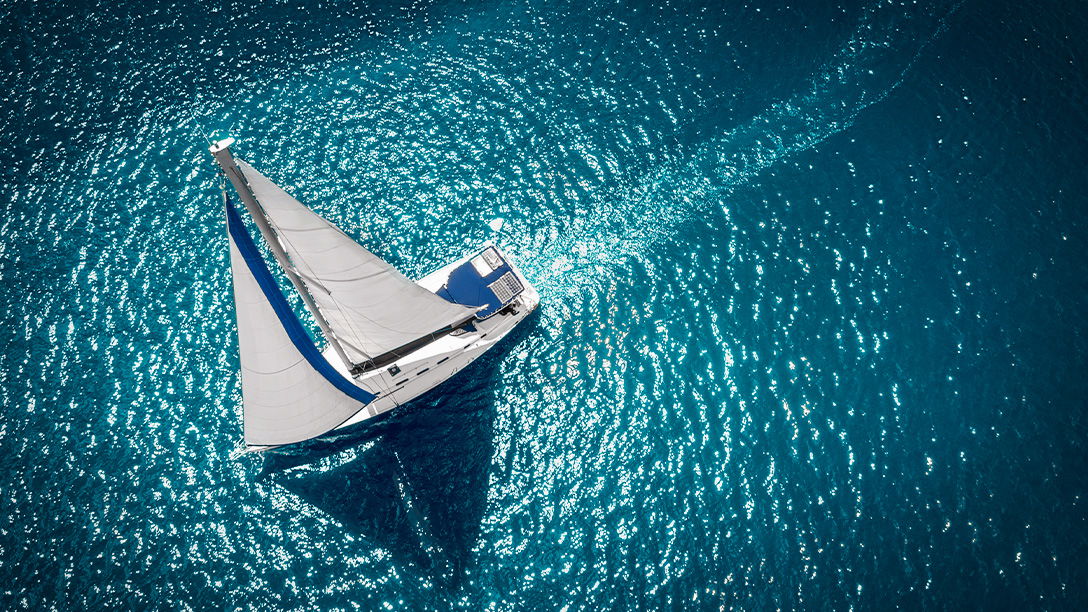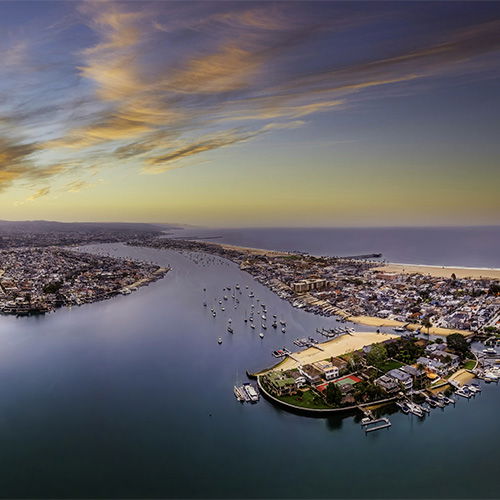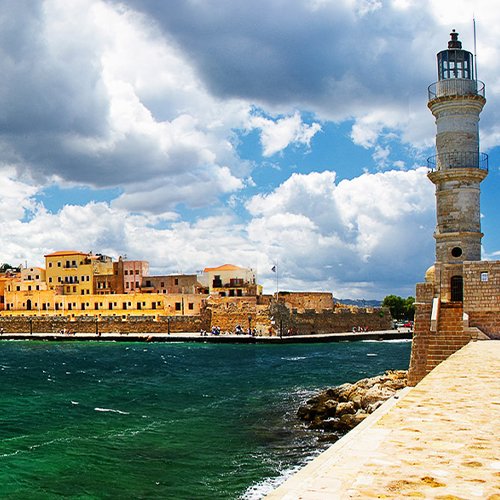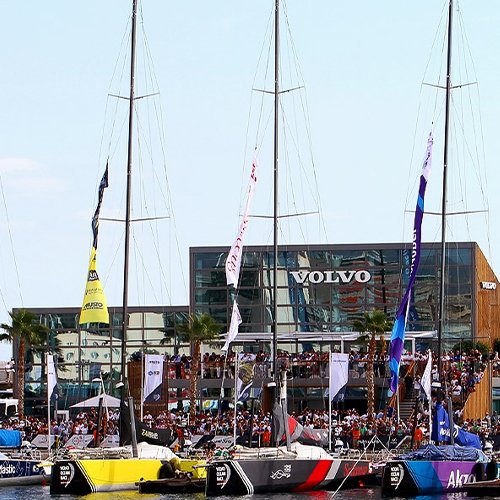Sailing the Atlantic Circuit is a once-in-a-lifetime adventure for many people. Not only does this expedition seem exciting, but it also presents a big challenge—crossing the second-largest sea in the world. However, myths and misunderstandings surround it, just as they do with other epic events, which have the potential to misrepresent the true nature of the voyage. While some may romanticize the Atlantic to the neglect of its inherent problems, others may see it as a harsh and dangerous environment.
But the actual experience of crossing the Atlantic always exceeds all expectations. The experience is unmatched due to the large body of blue water, gorgeous surroundings, and the sporadic sight of marine life. A voyage across the Atlantic Ocean is something every sailor dreams of, given its rich cultural heritage and legendary past. For generations, it has served as a testing ground for mariners, putting their abilities, fortitude, and spirit to the test. An Atlantic cruise is a must for each sailor; it is a rite of passage that represents the real spirit of adventure at sea.
Choosing the Optimal Route for Sailing Across the Atlantic
Exploring the Atlantic offers several passage options, each with its own unique traits and characteristics. Whether you're seeking the fastest route, the most scenic, or the easiest sailing conditions, there's a transatlantic route suited to your needs. Here are some popular options for your transatlantic journey:
1. Sailing West to East with the North Atlantic Route
This voyage usually starts in Bermuda and travels northeast toward Europe from the east coast of the United States or Canada. The notoriously difficult conditions throughout the North Atlantic route include high gusts, choppy waves, and quickly changing weather. To protect the crew and the ship, sailors need to be skilled at handling difficult circumstances and making thoughtful choices. Furthermore, compared to traveling from east to west, the weather window for traveling west to east is significantly shorter and more variable.
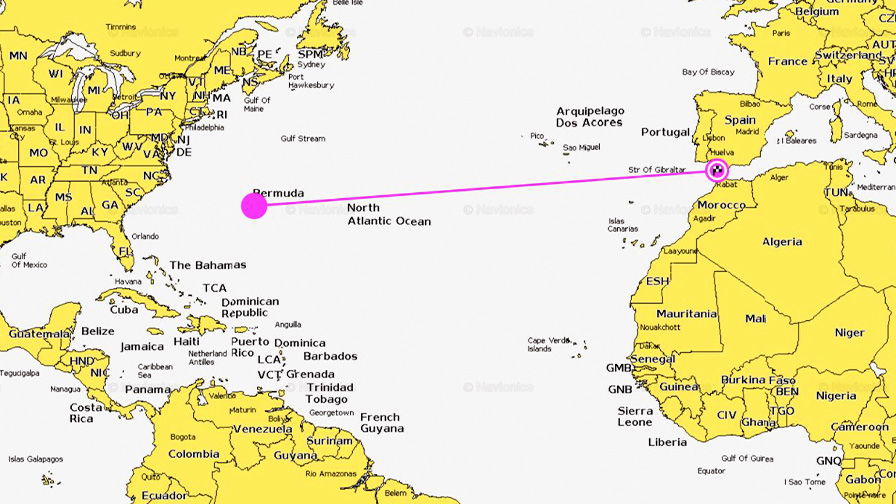
North Atlantic Route
capetanos.com2. Sailing East to West with the Southern Passage
Typically, the journey begins in Europe, frequently from ports in Portugal or Spain, and proceeds southwest in the direction of the Caribbean. Although the weather and water conditions throughout the southern passage are often better, sailors must remain vigilant and prepared for changes in wind direction and severity. This route is often chosen because it offers a more predictable and pleasant sailing experience because of its constant trade winds and smoother ocean rhythm. Since the trade winds regularly blow from east to west across the Atlantic, sailors can take advantage of them, which makes this route popular with those looking for a more relaxed and smoother voyage.
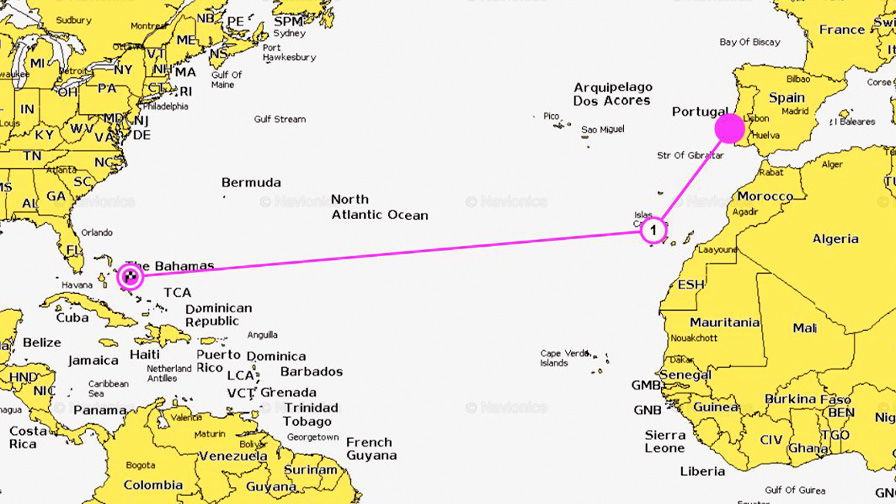
Southern Passage
capetanos.com
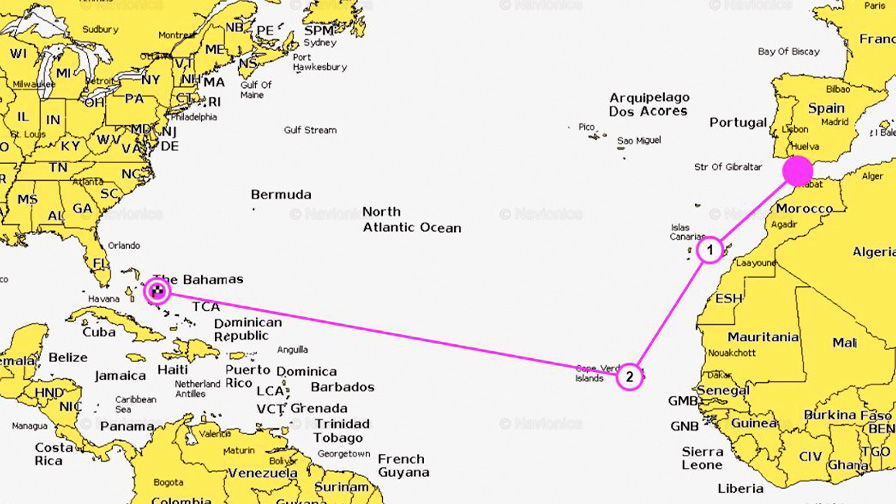
Southern Passage
capetanos.comWhen is the Best Time to Sail Across the Atlantic
To guarantee a safe and enjoyable voyage, proper timing is necessary when sailing across the Atlantic. When deciding when to set sail, a number of considerations need to be taken into account.
Avoiding the peak hurricane season, which spans from early June to late November, is crucial to reducing hazards. It is important to arrange your departure for either before or after this time.
The seasons of the trade winds have a big impact on when you should go. The best time to leave for east-to-west passages (Europe to the Americas) is between November and January, when strong easterly winds are present. On the other hand, April through June is the best time to depart for travels that go from west to east (from the Americas to Europe).
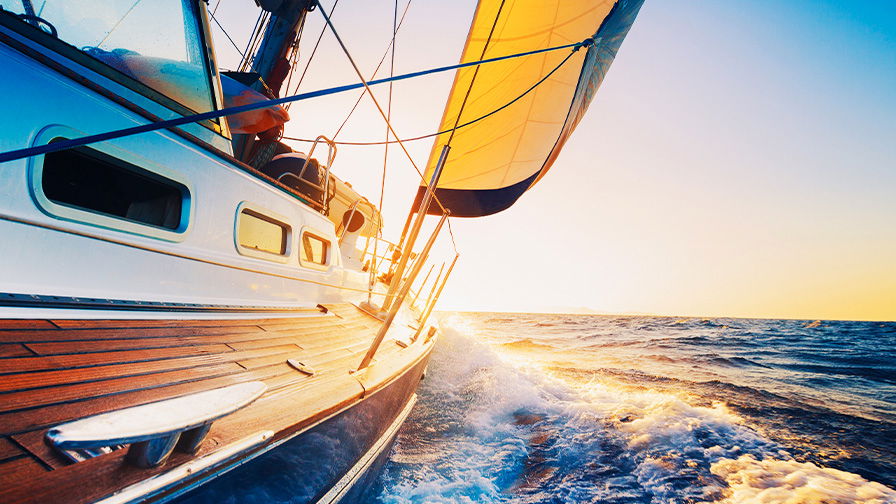
Best Time to Sail
capetanos.comEven with careful preparation, weather can still change suddenly. Thankfully, sailors can now closely observe shifting weather patterns thanks to contemporary technologies like satellite communication and sophisticated weather forecasts. This allows them to change their departure dates to coincide with the best weather.
Preparing for a Transatlantic Sail: A Serious Undertaking
It takes careful planning and a serious attitude to successfully navigate across the Atlantic, making it more than just a long-distance voyage. Whether you are navigating your own vessel or joining the company of others, this voyage should never be taken lightly.
It is essential that you train and prepare more extensively than ever before if you are taking your own boat. Make sure your boat is up to par, has all the safety gear it needs, and can withstand the rigors of open-water sailing. Practice critical abilities including emergency procedures, navigation, and weather forecasting for a sufficient amount of time. You will feel more confident and equipped to tackle any unanticipated difficulties that may come throughout the journey if you have taken this necessary preparation.
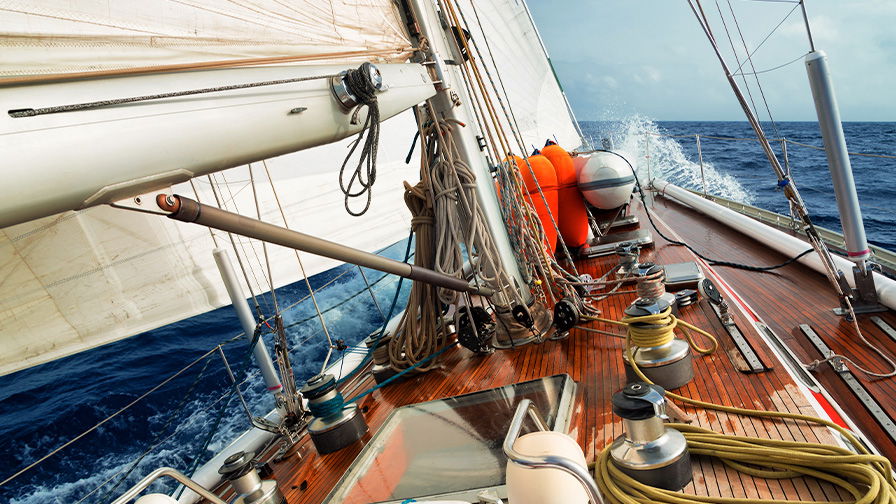
Preparing for a Transatlantic Sail
capetanos.comIt is important to do your homework if you are sailing with someone else. Do a thorough background check on the skipper and crew, confirm their qualifications and experience, and get a sense of how they handle safety and seamanship. Selecting your sailing partners should be done with consideration for their experience and dependability, not only for their availability or convenience. The degree of trust and compatibility with the crew can have a big impact on the trip's success and satisfaction.
All things considered, a transatlantic sail necessitates a dedication to meticulous planning and a respect for the difficulties of the open sea. It may be a fulfilling and life-changing experience with the correct attitude and adequate preparation.
Selecting the Right Vessel for an Atlantic Crossing
Sailing offshore offers a different kind of thrill than sailing along the coast. Boats that are ideal for cruising the Mediterranean for a season may not be the best choice when traveling across an ocean. In ideal conditions, any vessel with sufficient wind and fuel can accomplish the crossing; however, when the wind and sea state develop, things become very different. In choppy waves, a roomy and cozy yacht could become uneasy, pitching and tossing. As a result, selecting the right ship for a transatlantic journey is essential and influences the whole experience. Here are some examples:
- Monohulls: Sailboats with a single hull are highly valued for their ability to withstand different weather conditions and for their stability in choppy waves. To guarantee safety and comfort, it is crucial to choose a well-built, seaworthy monohull intended for long-distance cruising.
- Multihulls: A growing number of people are choosing multihull sailboats—such as trimarans and catamarans—for transatlantic voyages because of their distinct benefits. In addition to having substantially more deck area, these boats offer improved stability, speed, and comfort. But it's critical to comprehend how they behave differently in various sea conditions.
- Tall Ships: Tall ships provide a nostalgic and genuine seafaring experience reminiscent of the period of exploration with their amazing masts and billowing sails. Although they offer a distinctive experience, traveling across the ocean in a tall ship has particular difficulties and calls for a knowledgeable crew experienced in traditional sailing methods.
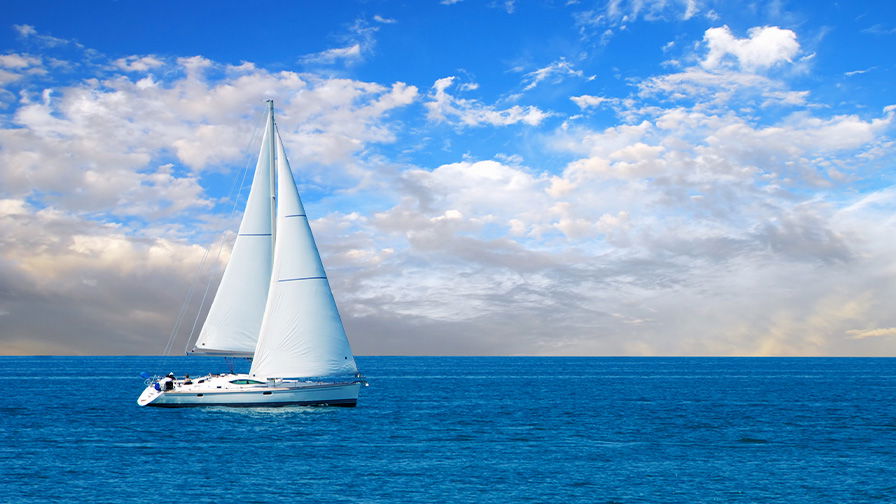
Selecting the Right Vessel
capetanos.comIt is crucial that you supply your vessel with the necessary safety and navigational equipment when getting ready to cross the Atlantic. This includes:
- Electronic charts and GPS: For accurate trip planning and navigation.
- AIS and radar: For seeing other boats and preventing crashes.
- Tools for communication: satellite phone, VHF radio, and life rafts and other emergency gear.
- Navigation and weather software: To keep abreast of conditions as they change.
- Power Generation: In order to maintain the continuous operation of necessary equipment, backup power systems, wind generators, and solar panels are used.
To ensure a safe and effective journey, these technologies must be maintained and used with great familiarity. Having reliable and well-prepared gear increases safety and guarantees that you are equipped to manage any difficulties that may emerge during your transatlantic journey.
Must-Visit Destinations for an Atlantic Sailing Adventure
Sailing across the Atlantic offers numerous captivating destinations. Europe, with its stunning landscapes and azure waters, and the United States, with its vibrant cities and neon lights, showcase the natural and cultural artistry you will encounter. Here are some must-visit places during your Atlantic voyage:
1. Portugal
Portugal's rich history, culture, gastronomy, and wines are key attractions, complemented by beautiful beaches, excellent surfing spots, golf courses, diverse landscapes, and friendly locals. If you have limited time, Lisbon and Porto are must-see cities, easily accessible from major European hubs. Both cities, nestled along rivers, offer a unique ambiance, historic neighborhoods, tiled façades, modern architecture, urban art, and a vibrant cultural scene.

Portugal
capetanos.com2. Spain
Spain boasts gorgeous beaches, lively party islands, and a rich historical charm, coupled with adventurous activities. From the lush hills and rugged coasts of Galicia, Asturias, and Cantabria to the tropical allure of the Balearic Islands or the Mar Menor, Spain is a year-round destination. Whether exploring the bustling cities of Barcelona and Madrid or venturing into smaller towns, Spain promises unforgettable experiences.
3. United States of America
The USA spans a vast continent and numerous islands, featuring diverse geography with uninhabited natural wonders and bustling cities. Tourist highlights include Manhattan and Chicago's skyscrapers, Yellowstone and Alaska's natural beauty, the Southwest's canyonlands, and the sunny beaches of Florida, Hawaii, and Southern California.
4. The Bahamas
The Bahamas is renowned for its stunning turquoise waters, swimming pigs, excellent fishing, and vibrant island vibes. Beyond its beautiful white sand beaches and colorful towns, the Bahamas offers rich wildlife reefs, world-class marine adventures, historic towns perfect for Instagram, and exceptional seafood. Often misunderstood as solely a beach destination or a playground for the wealthy, the Bahamas is diverse and full of hidden gems.
Each destination offers unique experiences, making your transatlantic journey both diverse and memorable.
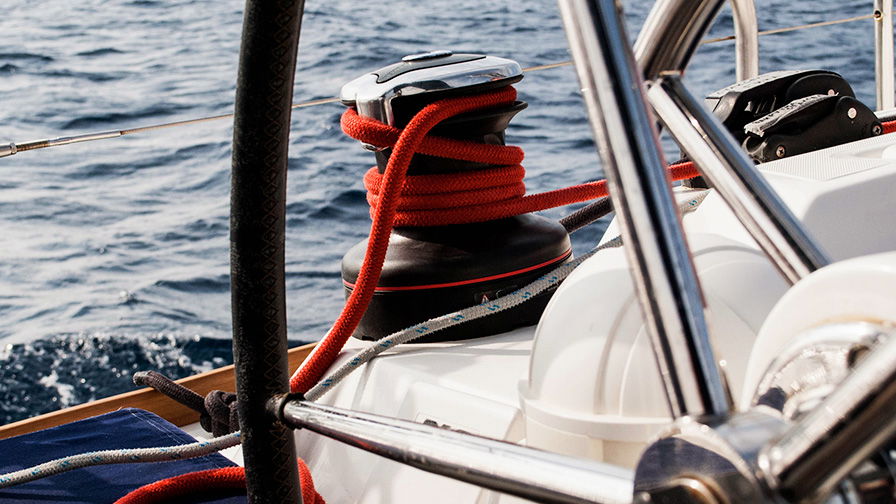
Sailing across the Atlantic
capetanos.comSailing across the Atlantic is a journey of adventure, challenge, and discovery. From the scenic ports of Portugal and Spain to vibrant destinations in the United States and the idyllic Bahamas, each stop offers unique cultural and natural beauty.
This great journey takes careful planning and a strong dedication. The equipment, schedule, and vessel selection all have a significant impact on the trip's safety and enjoyment. A successful crossing depends on your ability to comprehend the unique features and requirements of your route, whether it's the demanding North Atlantic or the more predictable Southern Passage.
This voyage is more than just reaching a destination; it's about embracing the journey itself—experiencing the vast horizons, the changing sea, and the spirit of exploration. With proper preparation, a transatlantic sail becomes a transformative and unforgettable adventure.
FAQ
- How experienced do you need to be to cross the Atlantic?
Novices can participate in guided group expeditions. Many sailing schools and organizations offer transatlantic training programs specifically designed to prepare beginner sailors for the challenges of open-ocean voyages.
- Can you cross the Atlantic by yourself?
Yes, experienced sailors can undertake solo transatlantic crossings. These solo journeys require a high level of skill, self-sufficiency, and mental resilience to navigate the open water alone.
